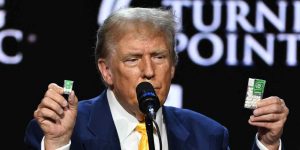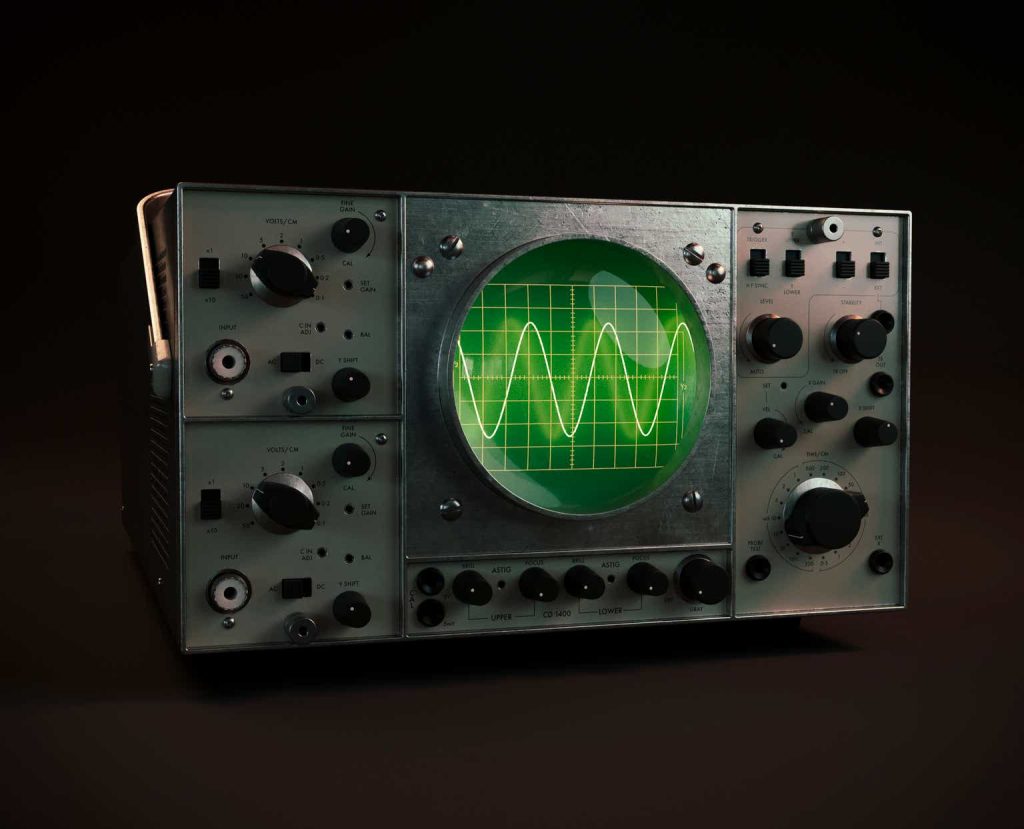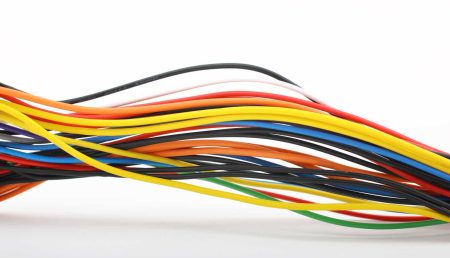Once a darling, some of the shine has come off of Fortive (NYSE:FTV) and the shares have continued to lag the industrial sector since my last update. I believe some of the trouble is that Fortive doesn’t really stand out thematically, and investors have moved on from (or at least are paying lower multiples for) stories that used to be fueled by M&A-driven growth in SaaS and recurring revenue. Moreover, with the recent secular downturn, Fortive’s growth doesn’t look all that differentiated, which I believe was also a big part of bull theses.
I don’t dislike Fortive, but I do think the stock is more sensitive to the economic cycle than management would have you think, and I still question how much value has really been built in the healthcare business. I can argue for some upside from here, and I like the leverage that test & measurement offerings to an eventual short-cycle recovery (and longer-term leverage to electrification), as well as the automation-driven businesses within Precision Technologies, but overall I come away thinking there are other, more compelling, ideas in the industrial space to consider.
Electrification Is The New Hotness
One thing that has started to concern me more about Fortive is the extent to which there is a core strategic direction as opposed to management keeping their ear to the ground and trying to pivot the story to whatever is popular with investors at the moment.
For instance, a few years ago there was huge investor interest in SaaS businesses for non-tech, non-industrial markets, and Fortive spent a lot to acquire businesses like Gordian (software for construction planning), Accruent (software for facility management) and ServiceChannel (asset lifecycle management). Likewise, there was a lot of enthusiasm for recurring revenue tied to healthcare, and the company acquired businesses like ASP (sterilization), Landauer (radiation measurement), and Censis (surgical inventory management).
Now the story seems to be more about electrification and AI, with the company recently highlighting that 33% of its revenue is “aligned” to electrification and/or AI, and that the company as a whole is leveraged to long-term secular growth trends like automation, digitalization, energy transition, and productivity growth.
Maybe I’m reading more into this than I should. It’s certainly true that management has an obligation to pay attention to the market and put its operations in the best light possible (including highlighting businesses that may have overlooked leverage to emerging growth opportunities). Still, it’s a concern, and I’d note the most recent acquisition, EA Elektro-Automatik, is another pricey deal (mid-teens EBITDA multiple) leveraged to a currently hot sector (electronic test & measurement for applications like grid storage, data center, and e-mobility).
Short-Cycle Is Still A Risk
Businesses like Fluke and Tektronix have long been economically sensitive, and with the manufacturing PMI below 50 for 19 of the last 20 months, it’s not the easiest row to hoe for businesses that are still close to 50% of Fortive’s revenue base. At the same time, the sensing-heavy Precision Technologies has seen weaker automation demand (although its outperforming in food/beverage). With this, both businesses have slowed significantly over the last year.
I still see some risk in short-cycle markets like general manufacturing (about a quarter of the business), as well as other markets like consumer electronics, consumer goods, and oil/gas. With multiple companies leveraged to short-cycle industrials having warned over the past month, it seems clear that there are still a lot of headwinds out there given high rates and uncertainties around the upcoming election.
On a positive note, Fortive management did point out that Keithley (part of Tektronix, manufacturing instrumentation for electronics testing) had seen business turn up in the first quarter, and Keithley has been a leading indicator for other short-cycle businesses in past cycles. Still, I’m cautious that expectations for a meaningful second-half recovery are still too bullish.
Software Businesses Holding Down The Fort
Fortive’s SaaS-driven software businesses don’t cancel out the cyclicality of Fortive’s business as much as bulls wanted to believe a couple of years ago, but they are still performing relatively well. On the whole they’ve continued to grow at mid-to-high single-digit rates, and with institutional construction activity (schools, etc.) still healthy, that should be expected for Gordian, though management has talked about the business “normalizing” against tougher comps.
Healthcare Looking A Little Better
I have never been a big fan of the healthcare business that Fortive has assembled, mostly because I’ve though the company has on multiple occasions paid too much for businesses that either needed a lot of work or didn’t offer a lot of growth (or both). To that end, I’d note that GAAP operating margin for the AHS segment is still in the single-digits, far lower than the other two businesses (it’s much better on a non-GAAP basis, with margins only a bit below the other segments).
I do credit management for moving the ASP business to a direct sales model in 2023, and I think that has helped reinvigorate sales. Provation has also been a better performer than I’d expected, while the remainder has been more consistent with my prior views.
The Outlook
Fortive did more or less how I expected in FY’23, with revenue just slightly (0.2%) above my estimate, while EBITDA was about 2% below. Free cash flow was also slightly below (by 1%), but given the challenges of modeling working capital movements, that’s not a concern to me. I do think, though, that at least some of the share price underperformance may be tied to the fact that the company didn’t perform better under challenging circumstances in 2023; again, for all of the talk of recurring revenue, Fortive didn’t stand out on growth in FY’23, nor does guidance suggest they will in FY’24.
Positively, the company does have real leverage to an eventual short-cycle recovery (in 2025, I expect), as well as longer-term leverage to automation, digitalization, and electrification. Test & measurement equipment is leveraged to automation and electrification trends, and so too are the company’s assets in sensing, monitoring, and instrumentation – the latter offering leverage to markets like food/beverage and life sciences.
I expect around 5% revenue growth from Fortive over the next five years, and I could see upside to that if the company can really capture the underlying growth I expect from drivers like automation and electrification. Longer term, I expect growth will slow to the 4% to 5% range, but I do expect ongoing M&A to boost actual reported revenue.
I’m not looking for a lot of margin leverage at this point, only about a point from FY’24 to FY’26, and I expect free cash flow margins to move slowly from the low-20%’s to the mid-20%’s, driving FCF growth in the mid-to-high single-digits.
Between discounted cash flow and margin/return-driven EV/EBITDA, I think Fortive is modestly undervalued now with a fair value in the mid-to-high $70’s.
The Bottom Line
I see Fortive as something of a “show me” story now, as I think the shares have derated in the face of revenue growth and margin leverage that proved to be not quite as exciting as once hoped and not worthy of the high-teens EBITDA multiples it used to carry. None of that means that Fortive is a bad business, and indeed, an economically-sensitive business leveraged to stronger automation and manufacturing (especially electrical products) is likely to be a good business to have in 2025. Likewise, I think Fortive could benefit from a rotation to names where the prospective growth in 2025 looks solid and the valuations aren’t as stretched. For now, though, I think there are too many other ideas that offer a better risk/reward tradeoff to advocate for Fortive.
Read the full article here










